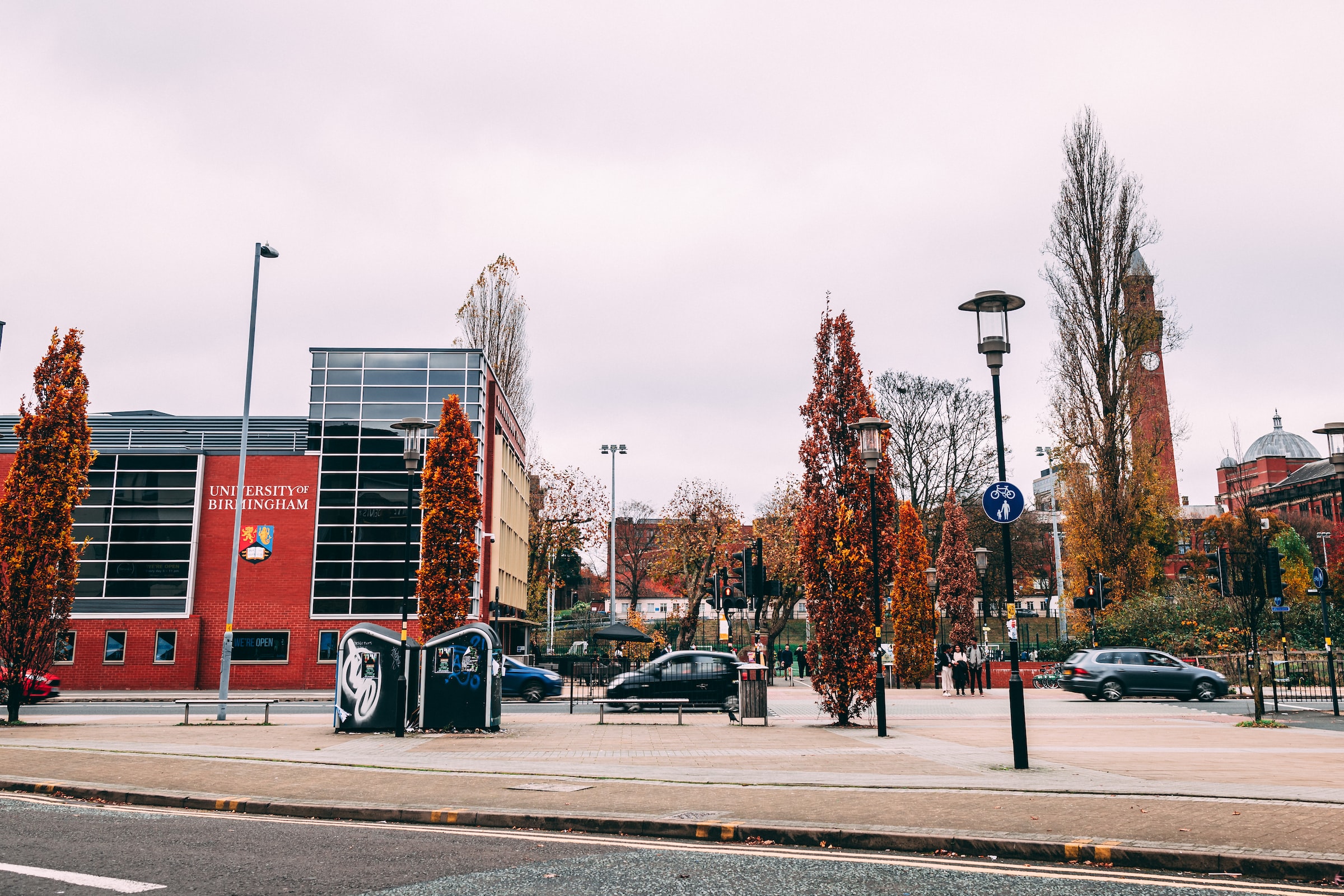
Charlotte Illingworth and Alice Gawthrop discuss how social media has elevated activism
Charlotte Illingworth
Throughout the 21st century, social media has demonstrated an ever-growing potential to promote, share, and engage the largest of audiences with everything from the latest fashion trends to the most critical of socio-economic issues. Contrary to traditional media outlets, the wide variety of social media platforms that are available to us allow everyday people to post the reality of what they experience in the real time that they experience it, through lenses that are unfiltered and free from censorship. Thus, when pairing this globally accessible platform with the raw experiences of racism that are being witnessed today, it is easy to recognise the unique value that social media holds as a news source.
The BLM movement has relied on the social capital of platforms, such as Twitter and Facebook, in order to spread its message
The Black Lives Matter (BLM) movement began online when the co-founder Alicia Garzia shared the hashtag ‘#BlackLivesMatter’ following the murder of a young black boy named Trayvon Martin in 2013. By taking its initial stance on social media, the BLM movement has relied on the social capital of platforms, such as Twitter and Facebook, in order to spread its message. Today, the BLM movement, following the tragic murder of George Floyd, is now a global human rights movement, with protests taking place daily in all 50 states of America, as well as in over 20 countries worldwide.
In the past few weeks, countless eyewitness accounts of police brutality and racism have surfaced on social media in the form of videos and images that have been captured on mobile phones. The circulation of such evidence has gathered immense support on sites such as Instagram and Twitter, with each share and repost bringing in hundreds of views every hour. With this level of engagement being unique to social media, it is difficult to interpret the true scale of the movement and its impact through mainstream media outlets. This is especially important with regards to the impression of protests that the public have since been gathering. On social platforms such as Twitter, under #blacklivesmatter, users can now see a multitude of examples of corrupt policing, as well as many instances of unnecessary force being used against peaceful protesters. Despite this, the general presentation by traditional media is one which all too often fails to accurately depict a suitable balance of evidence.
Social media is undoubtedly more favoured as a news source among the younger generations
Social media is undoubtedly more favoured as a news source among the younger generations whilst older generations tend to favour the more traditional sources of media for their updates. However, it is vital to recognise that, in a world where racism is still such a prevalent issue, prejudice may only ever be accurately depicted by those who have witnessed and/or experienced it. Therefore, the unfiltered freedom of social media is ultimately the most effective source when depicting the racism that exists today.
Alice Gawthrop
We are used to using social media to share pictures of ourselves holding our dissertations and stories of our pets being cute, but lately, social media has once again revealed its capacity for more than just posting pretty pictures.
Black Americans are 2.5 times more likely to be killed by police than white Americans
It is somewhat interesting but mainly upsetting to imagine what would have happened to the memory of George Floyd if we did not have social media. The story might have been picked up by a few local news outlets, but it is quite likely that interest would have faded quickly, and George Floyd would have probably become just another in a long list of forgotten black people in America killed unjustly at the hands of the police. Black Americans are 2.5 times more likely to be killed by police than white Americans, and the majority of the victims of racialised police brutality do not hold the world’s attention for this long, or even hold it at all.
Social media has changed that narrative.
Footage of George Floyd’s murder was captured by a bystander and went viral on Facebook. While it might be tempting to say this was a good thing, as it raised awareness and caught the attention of people who until now believed that racism was a thing of the past, it is not that simple. As Kemi Alemoru of gal-dem writes, such videos can be traumatising for black people. Alemoru raises extremely important points both about the effect of these videos on black people’s mental health, and the capacity for them to embolden racists who see such videos as trophies or proof that they can treat black people how they want and get away with it.
Social media has provided people with a platform to fill in the gaps in mainstream narratives
The sharing of actual footage of murder, therefore, is perhaps not something we should be encouraging. Nonetheless, social media more widely has been used to help combat stories in mainstream media that may miss out key details. Many news reports wrote about how the George Floyd protests descended into riots, with looters and arsonists hijacking the movement. It was left to Twitter users to create threads with videos which showed police inciting violence at otherwise peaceful protests. Social media has provided people with a platform to fill in the gaps in mainstream narratives which, at least initially, reduced the protesters to ‘looters’ and mentioned violent confrontations with police while not offering any details.
Furthermore, social media has become a place to share resources, petitions and links for donations on a huge scale. While official news outlets may share (often sparse) details of such events, they often fail to offer meaningful solutions. It can be easy, particularly for white people, to fall into the trap – to read such stories and think, ‘Oh, that’s sad. If only there was something I could do. Luckily I’m not racist!’ then move on with their day. Social media offers a platform for people to counter this. People have been using their platforms, whatever the size, to compile lists of petitions, anti-racism reading lists, lists of organisations to support, easy-to-understand explanations of concepts like white privilege or prison abolition.
Kate, an English student, said, ‘I don’t watch the news often enough, so I don’t think I would have known the full extent of the circumstances around George Floyd’s death without social media. It has served to educate me on the wider history of the Black Lives Matter movement, and on my own privilege.’
The real world implications of using social media to this end are tangible. With the spread of resource lists and encouragement for people, especially white people, to take the time to educate themselves on racism, sales of anti-racist books have surged on Amazon. Reni Eddo-Lodge, author of Why I’m No Longer Talking To White People About Race, took to Twitter to urge people to match their purchase of the book with a donation to the Minnesota Freedom Fund, or to borrow a copy of the book if possible and donate what they would have spent on it. She wrote, ‘This book financially transformed my life and I really don’t like the idea of personally profiting every time a video of a black person’s death goes viral.’
There is a clear chain of progression, from social media response to protest mobilisation to legal action, that suggests the power of social media is not to be underestimated
Social media has also been critical in organising protests. In America, six teenage girls met on Twitter and created an Instagram account called ‘teens.4.equality’ which they used to organise a Black Lives Matter protest in Nashville. The account has already amassed over 14,000 followers, while the protest was attended by 10,000 people. Without social media platforms to amplify their voices, mobilising such a huge number of people would have been infinitely harder.
The protests themselves also brought real results: Derek Chauvin’s charge has been elevated to second-degree murder, and the other officers present have been charged with aiding and abetting. There is a clear chain of progression, from social media response to protest mobilisation to legal action, that suggests the power of social media is not to be underestimated, either as a news source or a platform for activism.
That is not to say that social media is the only platform for activism, nor is it a perfect one. As much as there are benefits to it, it also has its pit falls – the scope for fake news and the problem of performative activism, to name just two.
It is important to engage with real life conversations about these topics as well as virtual ones
When we restrict our ‘activism’ to social media, it is in danger of being a trend that we forget about at the end of the news cycle. Social media provides a good starting point, a place to listen to black voices directly, a place to find resources. But it is also an echo chamber. It is likely that when you post a story about systemic racism and white privilege on your Instagram, the people who are seeing it are your friends, who probably already share your values and beliefs. Certainly, once you have uploaded a few such stories and set a precedent, the people who follow you that do not already have an interest in learning about racism will simply stop looking at your stories, choosing to turn a blind eye. There is a good chance you are mainly reaching people who already agree with you, and while they will still benefit from exposure to more resources, articles and petitions, it is important to engage with real life conversations about these topics as well as virtual ones. It is important to talk to the people who do not already agree with you, whether that is in your family or in your wider social circles.
Thanks to platforms like Facebook, Instagram and Twitter, global support has been mobilised. Activism has never been so easy – it is possible to sign petitions, donate money and share resources with a few clicks. The real work will be in making sure this is not just a virtual trend we engage with for a week or two, but an ongoing change we make in our day-to-day lives.
You may also like:
Spotlight On: Artists as Activists
Is it Right to Criticise the Social Media Outrage at George Floyd’s Murder?

Comments